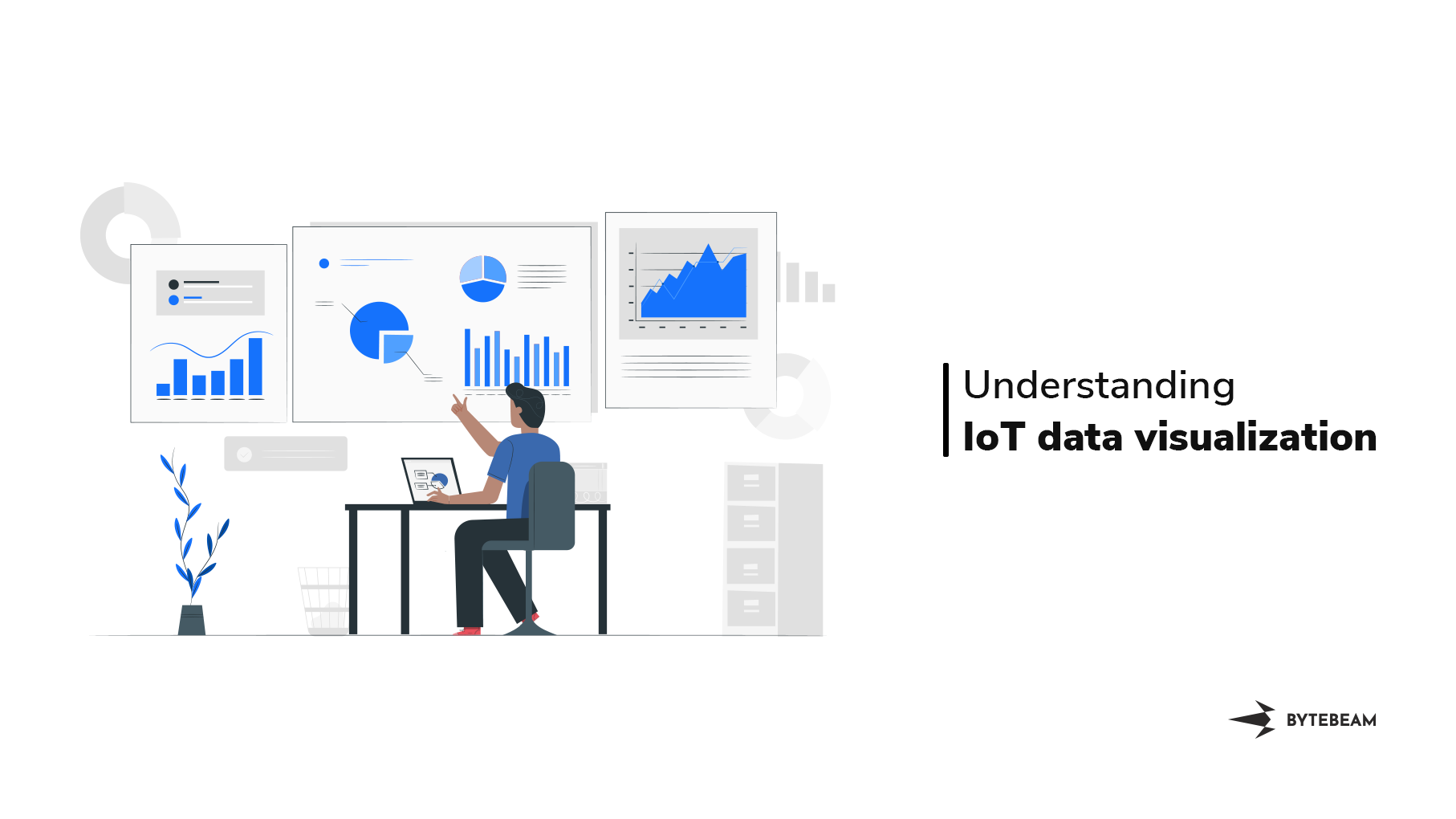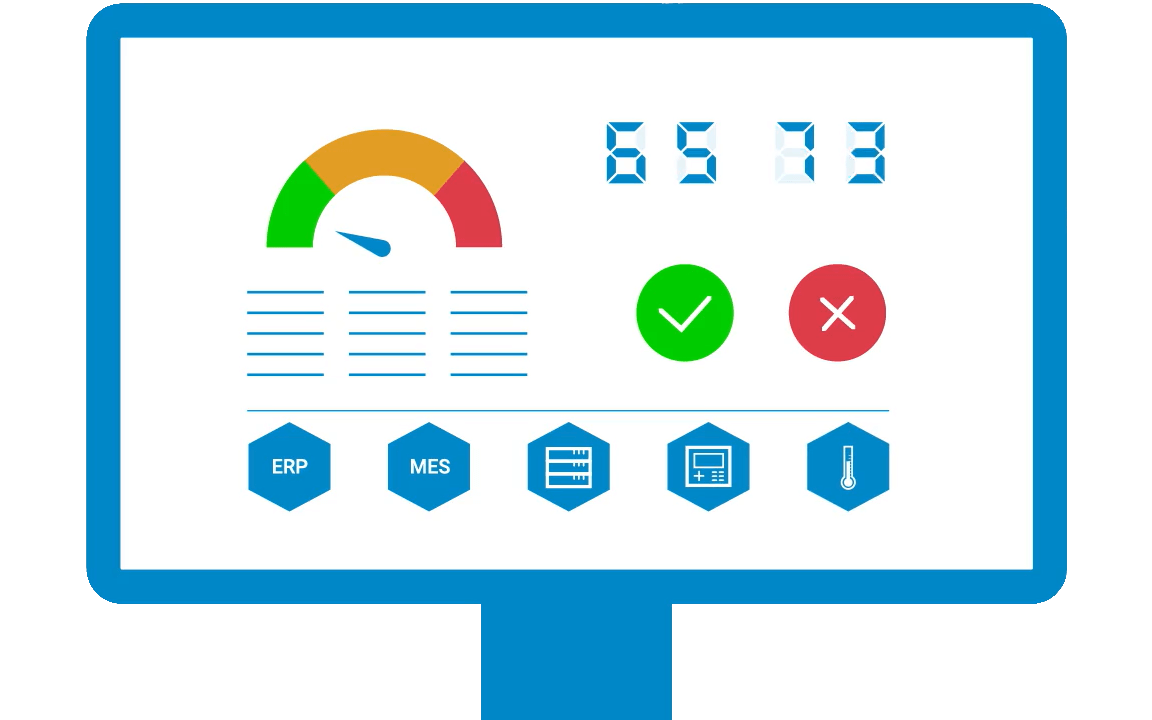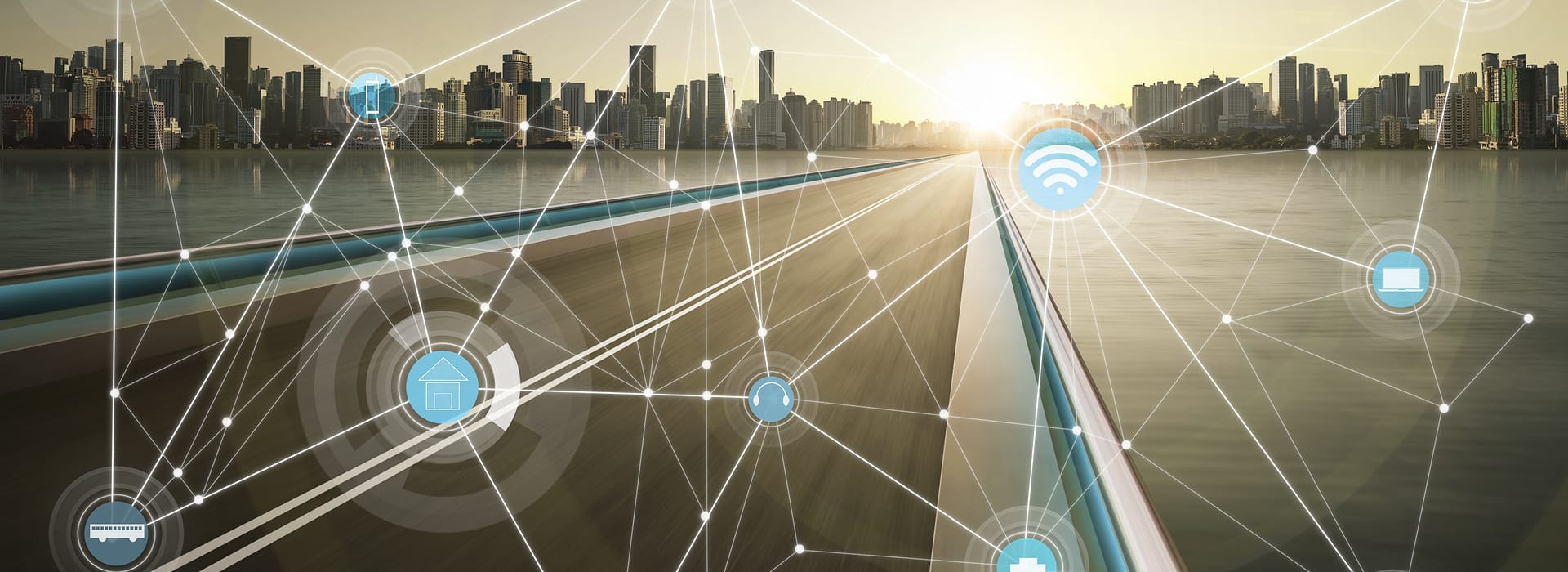Data visualization in IoT has become a crucial element in transforming raw data into actionable insights. As the Internet of Things (IoT) continues to expand, the ability to interpret and present data effectively is more important than ever. Organizations and individuals alike are leveraging data visualization tools to unlock the potential of IoT networks. In this article, we will explore the significance of data visualization in IoT, its benefits, and how it can enhance decision-making processes.
Data visualization in IoT bridges the gap between complex datasets and human understanding. By translating vast amounts of information into visual formats such as graphs, charts, and dashboards, it enables users to identify trends, patterns, and anomalies with ease. This capability is particularly valuable in industries where real-time data analysis is essential for operational efficiency.
As IoT devices generate massive amounts of data every second, businesses need effective strategies to manage and interpret this information. Data visualization plays a pivotal role in simplifying the data analysis process, empowering stakeholders to make informed decisions quickly. Let's delve deeper into the world of data visualization in IoT and discover its transformative potential.
Read also:How To Download 2 Kannada Movies A Comprehensive Guide
Table of Contents
- Introduction to Data Visualization in IoT
- The Importance of Data Visualization in IoT
- Types of Data Visualization in IoT
- Top Data Visualization Tools for IoT
- Key Benefits of Data Visualization in IoT
- Challenges in Data Visualization for IoT
- Real-World Examples of Data Visualization in IoT
- The Future of Data Visualization in IoT
- Best Practices for Data Visualization in IoT
- Conclusion
Introduction to Data Visualization in IoT
Data visualization in IoT refers to the process of presenting data collected from IoT devices in a visual format. These devices, ranging from smart sensors to wearable technology, generate continuous streams of information that can be overwhelming without proper interpretation. By converting this data into graphs, charts, heatmaps, and other visual representations, organizations can better understand their operational environment.
Data visualization in IoT not only simplifies complex datasets but also enhances collaboration among team members. Visual insights allow stakeholders to communicate findings more effectively, ensuring alignment on strategic goals. Whether it's monitoring energy consumption in smart cities or tracking inventory levels in warehouses, data visualization provides clarity and context to raw data.
The Importance of Data Visualization in IoT
The significance of data visualization in IoT cannot be overstated. In today's data-driven world, businesses rely heavily on accurate and timely insights to remain competitive. Data visualization serves as a powerful tool for transforming raw IoT data into meaningful information that drives decision-making.
Enhancing Decision-Making
One of the primary benefits of data visualization in IoT is its ability to facilitate faster and more informed decision-making. By presenting data in an intuitive format, organizations can quickly identify areas for improvement and opportunities for growth. For instance, manufacturing companies can use visual dashboards to monitor production lines and optimize resource allocation.
Improving Operational Efficiency
Data visualization also plays a critical role in improving operational efficiency. IoT devices generate real-time data that can be analyzed to detect inefficiencies and bottlenecks in processes. Visual representations of this data enable businesses to take corrective actions promptly, minimizing downtime and reducing costs.
Read also:Mkv Point Ink A Comprehensive Guide To Enhancing Your Printing Experience
Types of Data Visualization in IoT
There are various types of data visualization techniques used in IoT, each catering to specific use cases and industries. Below are some of the most common types:
- Line Charts: Ideal for tracking changes over time, line charts are commonly used to monitor sensor data trends.
- Bar Graphs: Useful for comparing different categories, bar graphs are often employed in IoT applications to analyze performance metrics.
- Heatmaps: Heatmaps provide a visual representation of data density, making them suitable for analyzing spatial data in smart cities.
- Scatter Plots: Scatter plots are effective for identifying relationships between variables, such as temperature and humidity in agriculture.
Top Data Visualization Tools for IoT
Several tools are available to help organizations implement data visualization in IoT. These tools offer a range of features and capabilities to meet diverse business needs. Some of the top data visualization tools for IoT include:
Tableau
Tableau is a leading data visualization platform that supports IoT data integration. Its intuitive interface and robust analytics capabilities make it a popular choice for businesses looking to gain insights from IoT data.
Power BI
Microsoft Power BI offers a comprehensive suite of tools for creating interactive dashboards and reports. Its compatibility with Azure IoT services makes it an ideal solution for organizations leveraging Microsoft's cloud platform.
Key Benefits of Data Visualization in IoT
Data visualization in IoT offers numerous advantages that contribute to the success of IoT initiatives. Below are some of the key benefits:
- Improved Data Interpretation: Visual representations make it easier for users to understand complex datasets.
- Real-Time Monitoring: IoT data visualization enables businesses to monitor operations in real-time, ensuring timely interventions.
- Enhanced Collaboration: Visual insights foster better communication and collaboration among team members.
Challenges in Data Visualization for IoT
Despite its numerous benefits, data visualization in IoT comes with its own set of challenges. Some of the common challenges include:
Data Overload
IoT devices generate vast amounts of data, which can overwhelm visualization tools if not managed properly. Organizations must implement effective data filtering and aggregation techniques to ensure clarity in visualizations.
Data Security
As IoT data visualization often involves sensitive information, ensuring data security is paramount. Businesses must adopt robust encryption and access control measures to protect against unauthorized access.
Real-World Examples of Data Visualization in IoT
Several industries have successfully implemented data visualization in IoT to drive innovation and efficiency. Below are a few real-world examples:
- Healthcare: Hospitals use IoT-enabled devices to monitor patient vitals in real-time, with data visualization dashboards providing critical insights to healthcare providers.
- Manufacturing: Manufacturers leverage IoT data visualization to optimize production processes and reduce downtime.
The Future of Data Visualization in IoT
The future of data visualization in IoT looks promising, with advancements in technology driving new possibilities. Emerging trends such as augmented reality (AR) and artificial intelligence (AI) are expected to enhance data visualization capabilities, offering more immersive and interactive experiences. As IoT continues to evolve, data visualization will remain a key enabler of innovation and growth.
Best Practices for Data Visualization in IoT
To maximize the effectiveness of data visualization in IoT, organizations should adhere to the following best practices:
- Define Clear Objectives: Clearly define the goals of your data visualization project to ensure alignment with business objectives.
- Select Appropriate Tools: Choose visualization tools that align with your specific needs and technical infrastructure.
- Focus on User Experience: Design visualizations with the end-user in mind, ensuring they are intuitive and easy to interpret.
Conclusion
Data visualization in IoT is a powerful tool that transforms raw data into actionable insights, driving innovation and efficiency across industries. By leveraging the right tools and techniques, organizations can unlock the full potential of IoT data and make informed decisions that propel them forward. We encourage readers to explore the possibilities of data visualization in IoT and share their experiences in the comments below. Additionally, don't forget to check out our other articles for more insights into the world of IoT and data visualization.


